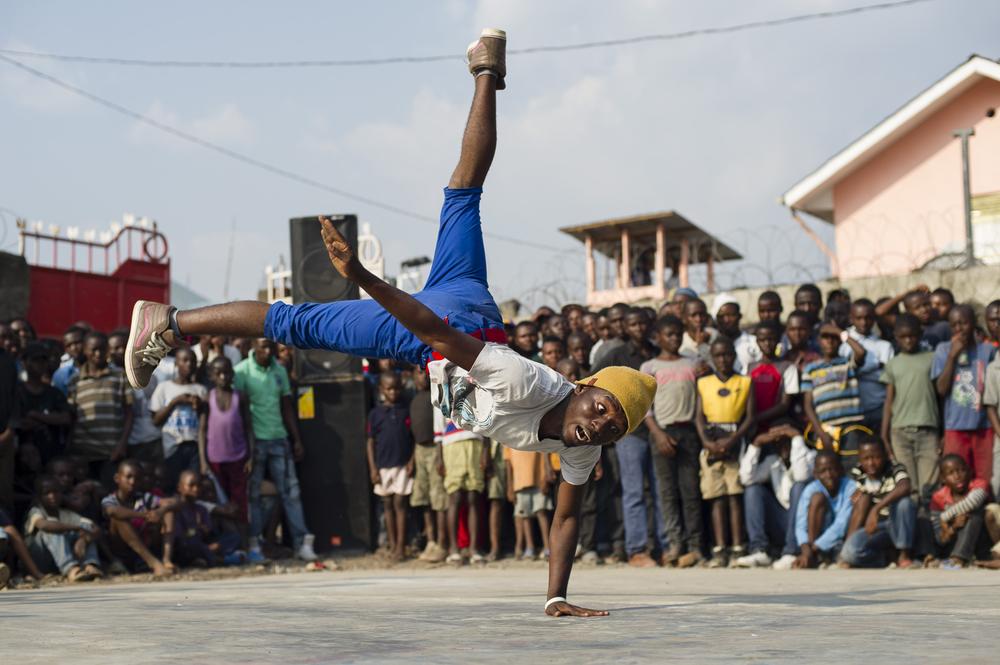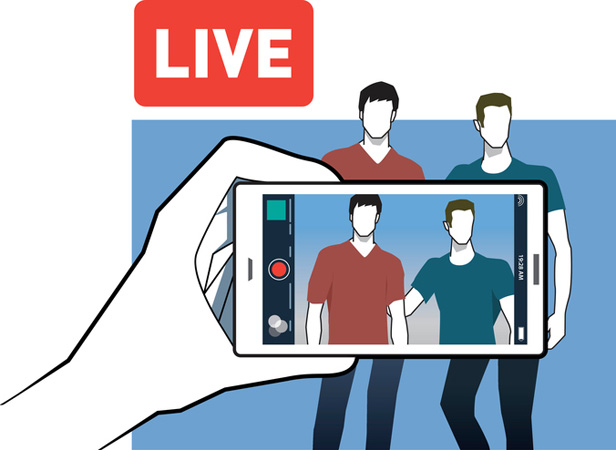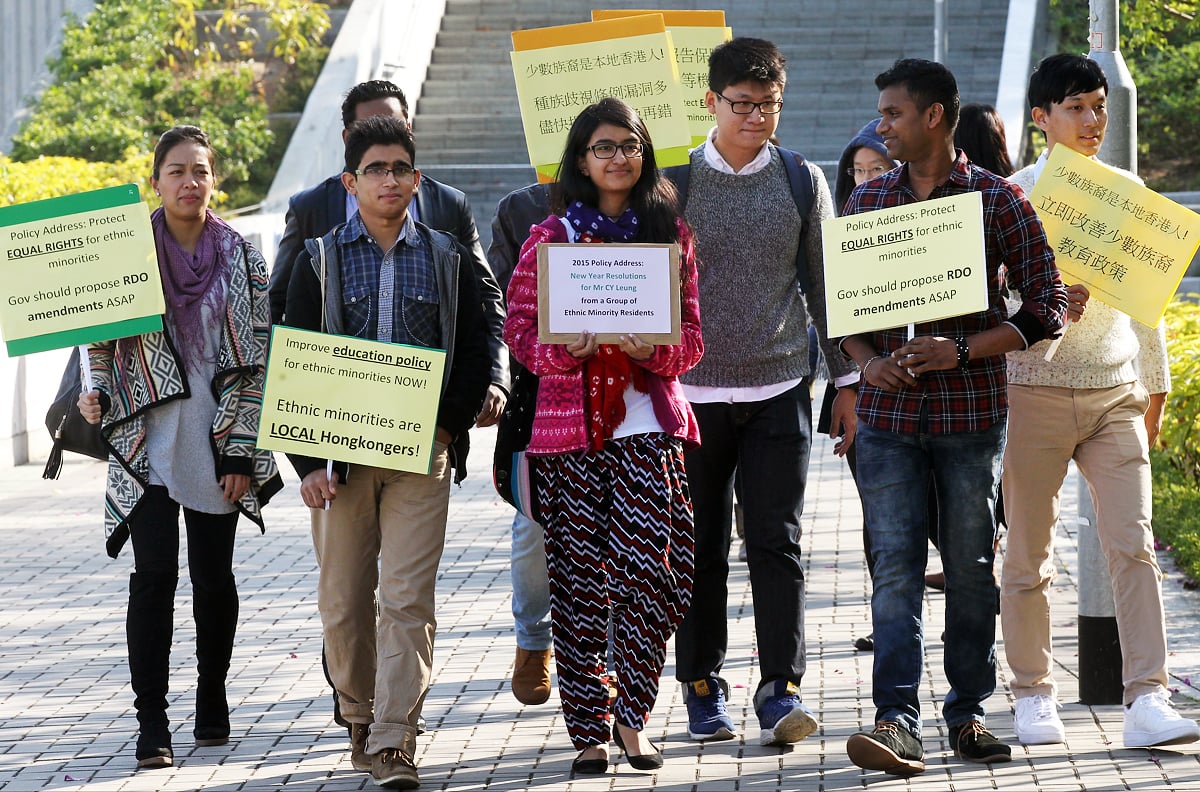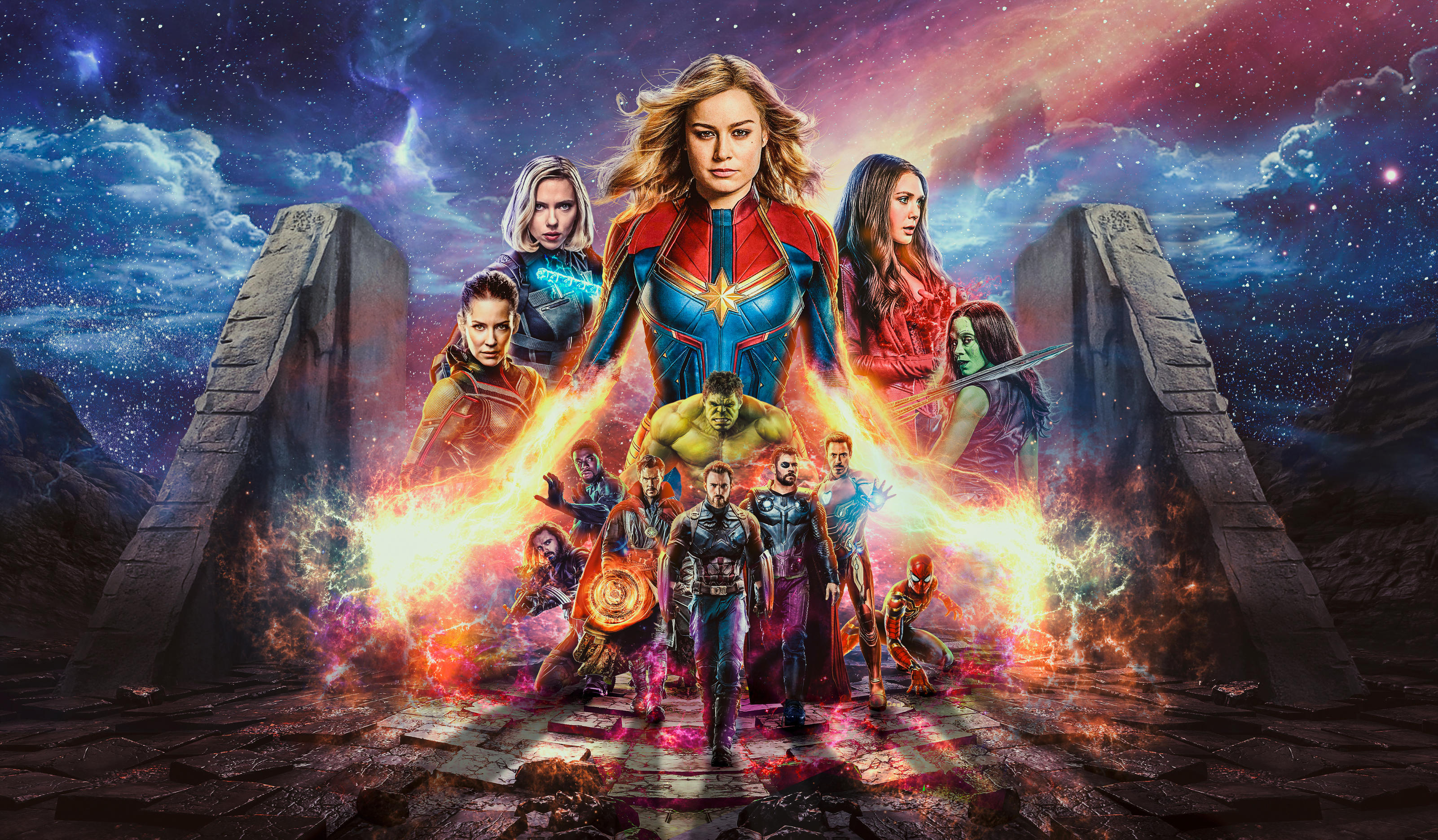Digital Artefact: Podcast
Contextual Essay:
When thinking about the topics that I could do about soft power or censorship for this research project, I wanted to spread the awareness on China’s censorship on hip hop culture and tattoos on television. I began to research articles regarding the ban from online news outlets like TIME and DailyNews. The people affected by this are celebrities in China who are in the hip hop scene or just generally have tattoos or accessories that look “hip hop”. Several artists have been banned to appear on television or are forced to cover their tattoos to be on screen, which I think destroys their purpose of fully expressing themselves and diminishing the positive impact of hip hop culture.

A famous group of Hip Hop artists for the premiere of the Chinese movie “Wu Kong”
I decided for my media outlet to be a podcast, as I believe a strong voice is a powerful tool that can show a person’s emotion and ambition on a certain awareness. In this context, my passion and love for the hip hop culture has driven me to create this podcast and raise awareness with the power of only audio.
The focus in this podcast is the censorship of hip hop artists and tattoos in television. I mentioned several examples of how artist were censored out and is becoming more and more common due to the uprising phenomenon of hip hop culture in China. “Rap of China” is one of the most popular TV shows in China, which involves a lot of people to have censored out hip hop related items and tattoos on the programme.

According to the BBC, “Rap of China” was viewed more than 2.5 billion times 2017 on China’s largest video streaming website, IQiyi. (Dukoff, S. 2018)
In my podcast, I started off with an strong and loud instrumental as an introduction, kind of like the intro you hear when you watch the 730pm news. I did not add any music after that, because I believe the use of voice alone is more powerful than anything else. Adding a plethora of effects may sound fancy and all, but really gets the audience’s attention is the way you use your voice, arguments you make and the valid facts you state out.
To end it all, I talked a bit about how hip hop culture was created as a outlet for positivity in the 1970s in New York. One of the hip hop pioneers African Bambaataa, also known as the founder of the Universal Zulu Nation, states the four core values of hip hop are: Peace, Love, Unity and Having Fun. With China’s censorship on hip hop and tattoos, is this destroying the purpose of having hip hop in the first place?
![]()
African Bambaataa, a historical and important figure in the hip hop culture
Tattoos in the 21st century is more acceptable due to the individual freedom of expression. So again, why take away the freedom of people for just being themselves?
Overall, my podcast consisted of a strong introduction of facts and examples of how China and Korea used their power of censorship in the media, argue on how they should not use this power, with a taste of why hip hop was created in the first place.
I hope this can raise more awareness on the censorship of tattoos and hip hop culture, because it is more beautiful than you think.

An African boy dancing “breaking”, a popular form of hip hop dancing.
References
Dukoff, S. (2018, April 07). China bans hip hop, actors with tattoos from appearing on television . Retrieved from https://www.nydailynews.com/entertainment/music/china-bans-hip-hop-tattoos-appearing-tv-article-1.3771540
Quackenbush, C., & Chen, A. H. (2018, January 22). China Bans Hip-Hop Culture and Tattoos From TV. Retrieved from https://time.com/5112061/china-hip-hop-ban-tattoos-television/
Nelson, G. (2005). Hip Hop America. New York City: Penguin Books. pp. 16, 18, 57. ASIN B001R9DHYE
VICE Asia. (2018, October 09). Retrieved July 30, 2019, from https://www.youtube.com/watch?v=wHCo0Iwra0I&feature=youtu.be


























